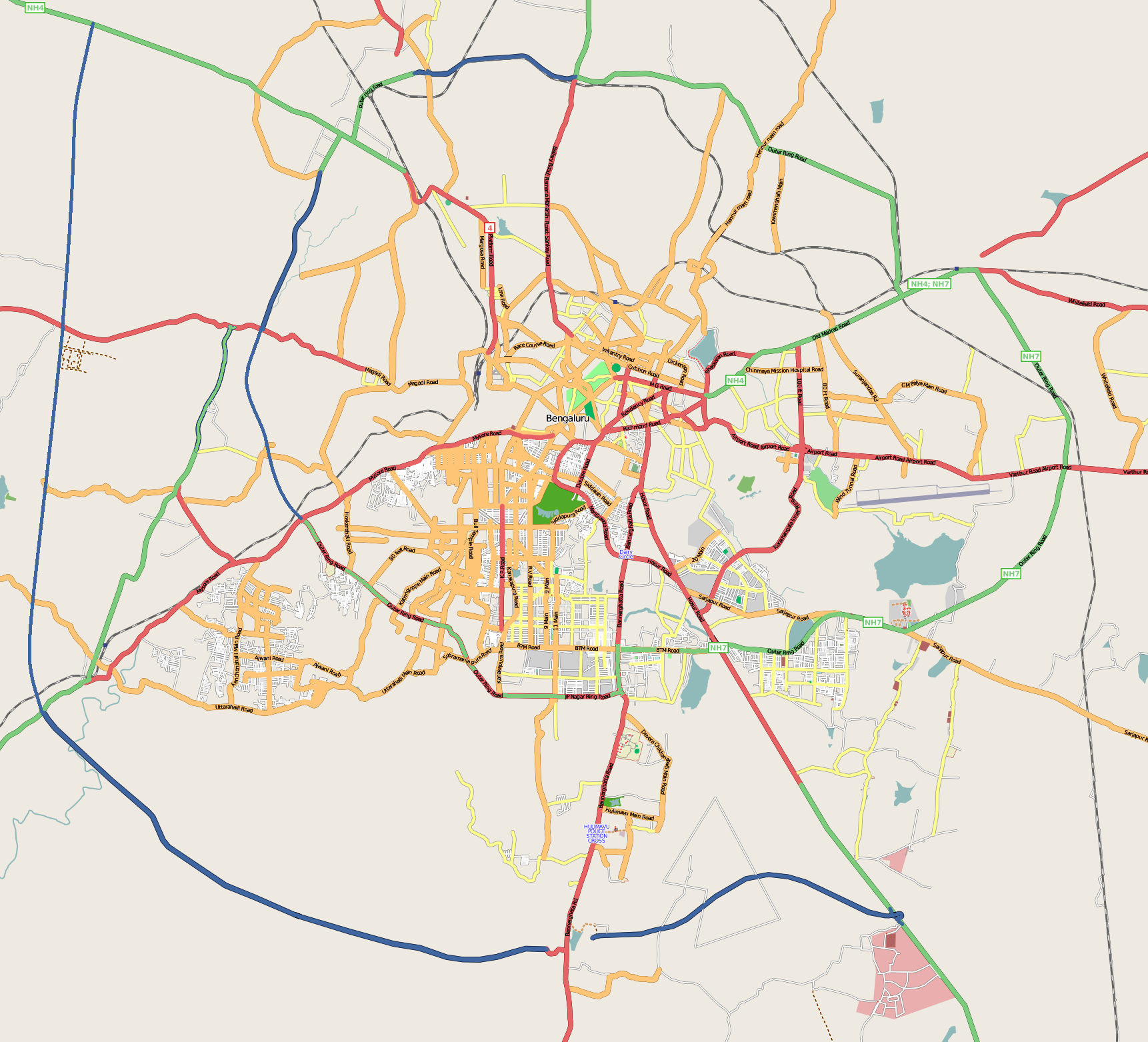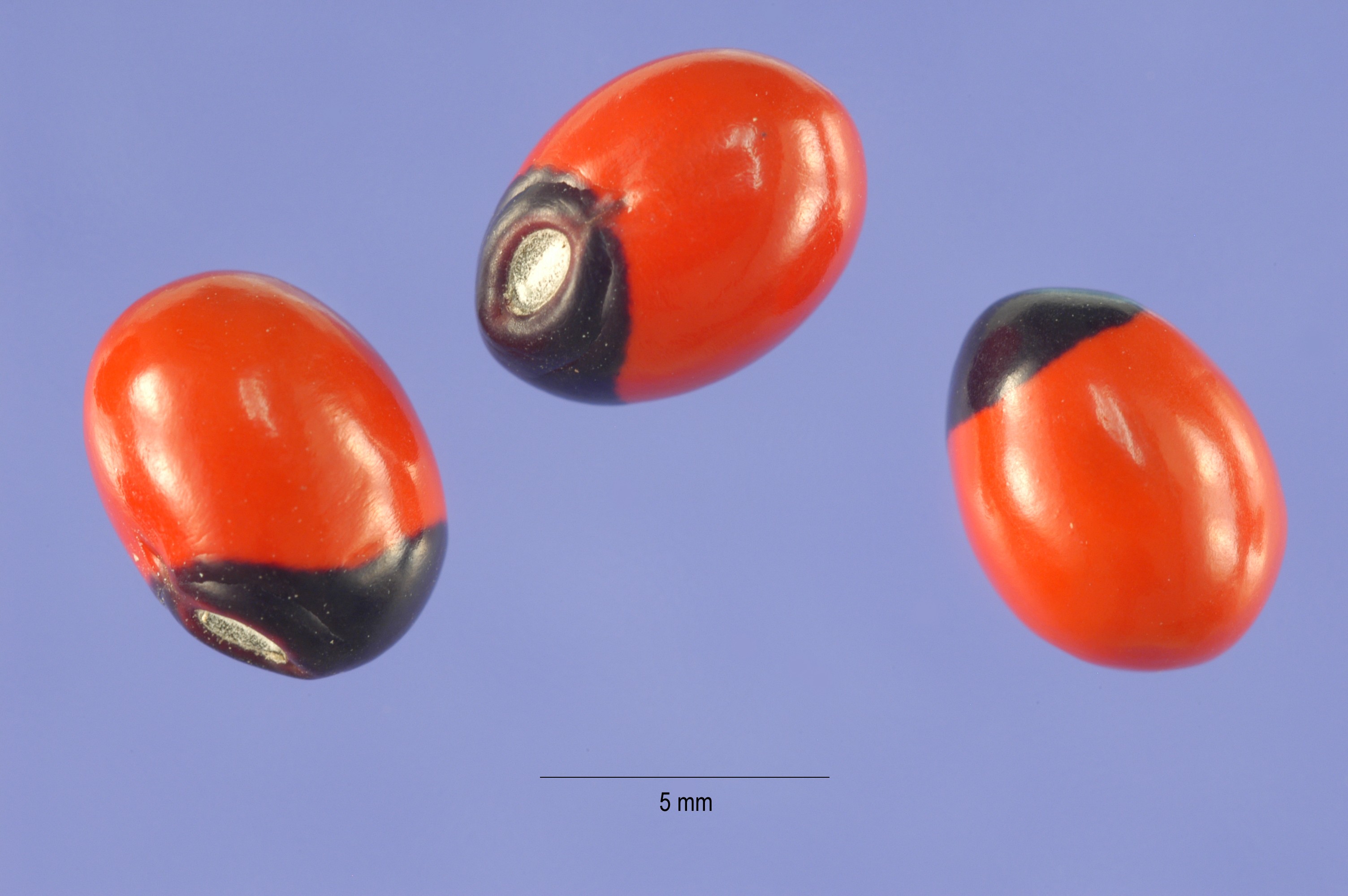|
Common Grass Yellow
''Eurema hecabe'', the common grass yellow, is a small pierid butterfly species found in Asia, Africa and Australia. They are found flying close to the ground and are found in open grass and scrub habitats. It is simply known as "the grass yellow" in parts of its range; the general term otherwise refers to the entire genus ''Eurema''. Description The common grass yellow exhibits seasonal polyphenism. The lepidopteran has a darker summer morph, triggered by a long day exceeding 13 hours in duration, while the shorter diurnal period of 12 hours or less induces a fairer morph in the post-monsoon period.Gullan, P.J. & Cranston P.S. (2005). E.blanda is almost always larger and a faster flier than this species. "The insects: an outline of entomology" (5th Ed). Wiley-Blackwell, , Ltd previewin Google Books. Accessed on 12 Jan 2010. Male Upperside (dorsal surface): yellow, variable in tint from sulphur to rich lemon yellow according to season and locality. Forewing: apex and termen ... [...More Info...] [...Related Items...] OR: [Wikipedia] [Google] [Baidu] [Amazon] |
Bangalore
Bengaluru, also known as Bangalore (List of renamed places in India#Karnataka, its official name until 1 November 2014), is the Capital city, capital and largest city of the southern States and union territories of India, Indian state of Karnataka. As per the 2011 Census of India, 2011 census, the city had a population of 8.4 million, making it the List of cities in India by population, third most populous city in India and the most populous in South India. The Bengaluru metropolitan area had a population of around 8.5 million, making it the List of million-plus urban agglomerations in India, fifth most populous urban agglomeration in the country. It is located near the center of the Deccan Plateau, at a height of above sea level. The city is known as India's "Garden City", due to its parks and greenery. Archaeological artifacts indicate that the human settlement in the region happened as early as 4000 Common Era, BCE. The first mention of the name "Bengalooru" is from an ol ... [...More Info...] [...Related Items...] OR: [Wikipedia] [Google] [Baidu] [Amazon] |
Abrus Precatorius
''Abrus precatorius'', commonly known as jequirity bean or rosary pea, is a herbaceous flowering plant in the bean family Fabaceae. It is a slender, perennial climber with long, pinnate-leafleted leaves that twines around trees, shrubs, and hedges. The plant is best known for its seeds, which are used as beads and in percussion instruments, and which are toxic because of the presence of abrin. Ingestion of a single seed, well chewed, can be fatal to both adults and children. The plant is native to Asia and Australia. It has a tendency to become weedy and invasive where it has been introduced. Names ''Abrus precatorius'' is commonly known as jequirity, Crab's eye, or rosary pea, paternoster pea, love pea, precatory pea or bean, prayer bead, John Crow Bead, coral bead, red-bead vine, country licorice, Indian licorice, wild licorice, Jamaica wild licorice, olinda (In Sri Lanka/Sinhala), kundumani (in Tamil), coondrimany, gidee gidee, Jumbie bead,Mendes (1986), p. 79. ratti (in Hind ... [...More Info...] [...Related Items...] OR: [Wikipedia] [Google] [Baidu] [Amazon] |
Eurema Hecabe Albina
''Eurema'' is a widespread genus of grass yellow butterfly, butterflies in the family Pieridae. Species range from Asia, Africa, Australia, and Oceania, to the New World. The type species is the North American barred yellow (''Eurema daira''). There are over 70 species in the genus, but more than 300 synonymous names have been applied to them. Some species, such as the common African grass yellow (''Eurema hecabe, E. hecabe'') have over 80 synonyms. The genus itself has over 15 junior generic synonyms. This is the price of being a widespread taxon, as well as a zoogeographical problem. Species Listed alphabetically within groups: page on Markku Savela's butterfly website * ''Eurema ada'' (Distant & Pryer, 1887) * ''Eurema alitha'' (Ba ... [...More Info...] [...Related Items...] OR: [Wikipedia] [Google] [Baidu] [Amazon] |
Proceedings Of The Royal Society B
''Proceedings of the Royal Society'' is the main research journal of the Royal Society. The journal began in 1831 and was split into two series in 1905: * Series A: for papers in physical sciences and mathematics. * Series B: for papers in life sciences. Many landmark scientific discoveries are published in the Proceedings, making it one of the most important science journals in history. The journal contains several articles written by prominent scientists such as Paul Dirac, Werner Heisenberg, Ernest Rutherford, Erwin Schrödinger, William Lawrence Bragg, Lord Kelvin, J.J. Thomson, James Clerk Maxwell, Dorothy Hodgkin and Stephen Hawking. In 2004, the Royal Society began '' The Journal of the Royal Society Interface'' for papers at the interface of physical sciences and life sciences. History The journal began in 1831 as a compilation of abstracts of papers in the ''Philosophical Transactions of the Royal Society'', the older Royal Society publication, that began in 1665. ... [...More Info...] [...Related Items...] OR: [Wikipedia] [Google] [Baidu] [Amazon] |
Wolbachia
''Wolbachia'' is a genus of gram-negative bacteria infecting many species of arthropods and filarial nematodes. The symbiotic relationship ranges from parasitism to obligate mutualism. It is one of the most common parasitic microbes of arthropods, and is possibly the most widespread reproductive parasite bacterium in the biosphere. Its interactions with hosts are complex and highly diverse across different host species. Some host species cannot reproduce, or even survive, without ''Wolbachia'' colonisation. One study concluded that more than 16% of neotropical insect species carry bacteria of this genus, and as many as 25 to 70% of all insect species are estimated to be potential hosts. History The first organism classified as ''Wolbachia'' was discovered in 1924 by Marshall Hertig and Simeon Burt Wolbach in the common house mosquito. They described it as "a somewhat pleomorphic, rodlike, Gram-negative, intracellular organism hatapparently infects only the ovaries and te ... [...More Info...] [...Related Items...] OR: [Wikipedia] [Google] [Baidu] [Amazon] |
Thorax
The thorax (: thoraces or thoraxes) or chest is a part of the anatomy of mammals and other tetrapod animals located between the neck and the abdomen. In insects, crustaceans, and the extinct trilobites, the thorax is one of the three main divisions of the body, each in turn composed of multiple segments. The human thorax includes the thoracic cavity and the thoracic wall. It contains organs including the heart, lungs, and thymus gland, as well as muscles and various other internal structures. The chest may be affected by many diseases, of which the most common symptom is chest pain. Etymology The word thorax comes from the Greek θώραξ ''thṓrax'' " breastplate, cuirass, corslet" via . Humans Structure In humans and other hominids, the thorax is the chest region of the body between the neck and the abdomen, along with its internal organs and other contents. It is mostly protected and supported by the rib cage, spine, and shoulder girdle. Contents The ... [...More Info...] [...Related Items...] OR: [Wikipedia] [Google] [Baidu] [Amazon] |
Oviposition
The ovipositor is a tube-like organ used by some animals, especially insects, for the laying of eggs. In insects, an ovipositor consists of a maximum of three pairs of appendages. The details and morphology of the ovipositor vary, but typically its form is adapted to functions such as preparing a place for the egg, transmitting the egg, and then placing it properly. For most insects, the organ is used merely to attach the egg to some surface, but for many parasitic species (primarily in wasps and other Hymenoptera), it is a piercing organ as well. Some ovipositors only retract partly when not in use, and the basal part that sticks out is known as the scape, or more specifically oviscape, the word ''scape'' deriving from the Latin word , meaning "stalk" or "shaft". In insects Grasshoppers use their ovipositors to force a burrow into the earth to receive the eggs. Cicadas pierce the wood of twigs with their ovipositors to insert the eggs. Sawflies slit the tissues of ... [...More Info...] [...Related Items...] OR: [Wikipedia] [Google] [Baidu] [Amazon] |
Natural History Museum, London
The Natural History Museum in London is a museum that exhibits a vast range of specimens from various segments of natural history. It is one of three major museums on Exhibition Road in South Kensington, the others being the Science Museum (London), Science Museum and the Victoria and Albert Museum. The Natural History Museum's main frontage, however, is on Cromwell Road. The museum is home to life and earth science specimens comprising some 80 million items within five main collections: botany, entomology, mineralogy, palaeontology and zoology. The museum is a centre of research specialising in Taxonomy (biology), taxonomy, identification and conservation. Given the age of the institution, many of the collections have great historical as well as scientific value, such as specimens collected by Charles Darwin. The museum is particularly famous for its exhibition of dinosaur skeletons and ornate architecture—sometimes dubbed a ''cathedral of nature''—both exemplified by the ... [...More Info...] [...Related Items...] OR: [Wikipedia] [Google] [Baidu] [Amazon] |
Cucurbitaceae
The Cucurbitaceae (), also called cucurbits or the gourd family, are a plant family (biology), family consisting of about 965 species in 101 genera.Cucurbitaceae Juss. ''Plants of the World Online''. Retrieved 10 June 2024. Those of most agricultural, commercial or nutritional value to humans include: *''Cucurbita'' – Squash (plant), squash, pumpkin, zucchini (courgette), some gourds. *''Lagenaria'' – calabash (bottle gourd) and other, ornamental gourds. *''Citrullus'' – watermelon (''C. lanatus'', ''C. colocynthis''), plus several other species. *''Cucumis'' – cucumber (''C. sativus''); various melons and vines. *''Momordica'' – Momordica charantia, bitter melon. *''Luffa'' – commonly called 'luffa' or ‘luffa squash'; sometimes spelled loofah. Young fruits may be cooked; when fully ripened, the ... [...More Info...] [...Related Items...] OR: [Wikipedia] [Google] [Baidu] [Amazon] |
Euphorbiaceae
Euphorbiaceae (), the spurge family, is a large family of flowering plants. In English, they are also commonly called euphorbias, which is also the name of Euphorbia, the type genus of the family. Most spurges, such as ''Euphorbia paralias'', are herbaceous plant, herbs, but some, especially in the tropics, are shrubs or trees, such as ''Hevea brasiliensis''. Some, such as ''Euphorbia canariensis'', are succulent and resemble cactus, cacti because of convergent evolution. This family has a Cosmopolitan distribution, cosmopolitan global distribution. The greatest diversity of species is in the tropics; however, the Euphorbiaceae also have many species in nontropical areas of all continents except Antarctica. Description The Leaf, leaves are alternate, seldom opposite, with stipules. They are mainly simple, but where compound, are always palmate, never pinnate. Stipules may be reduced to trichome#Plant trichomes, hairs, glands, or spine (botany), spines, or in succulent specie ... [...More Info...] [...Related Items...] OR: [Wikipedia] [Google] [Baidu] [Amazon] |
Leguminosae
Fabaceae () or Leguminosae,International Code of Nomenclature for algae, fungi, and plants. Article 18.5 states: "The following names, of long usage, are treated as validly published: ....Leguminosae (nom. alt.: Fabaceae; type: Faba Mill. Vicia L.; ... When the Papilionaceae are regarded as a family distinct from the remainder of the Leguminosae, the name Papilionaceae is conserved against Leguminosae." English pronunciations are as follows: , and . commonly known as the legume, pea, or bean family, is a large and agriculturally important of |







